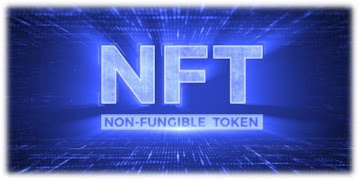Cryptocurrency - What, how and to where

Since the beginning of time currency has been an important part of our lives. For the majority of people, it is the driving force of their lives. So it’s only fitting that we take a look at its newest and most secure form yet. But before that, we shall take a quick tour through the History of Currency and its origin. The Barter System In the early stages of humanity, there was the barter system, which involved exchanging goods and services for each other. The barter system had some imminent flaws, like: · Having the people’s requirements coincide, i.e., you have something the other person wants, and the other person has something that you want. · There is no common measure of value – anyone can have a different value for their product. · Not all goods can be divided and subdivided, for example, you cannot trade half of a chicken for 1kg of wheat. · ...
